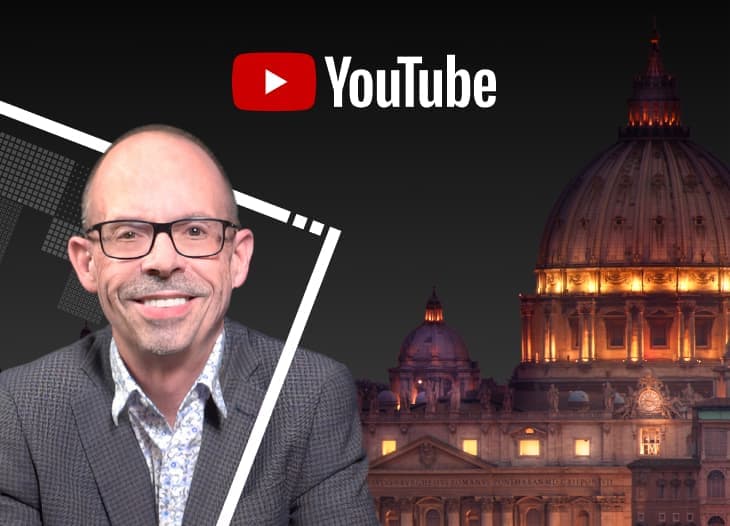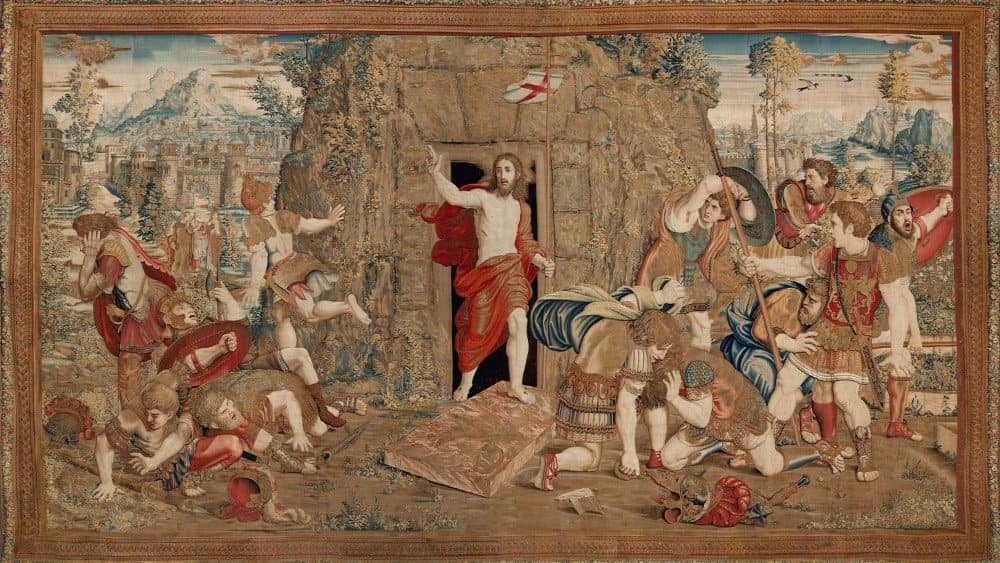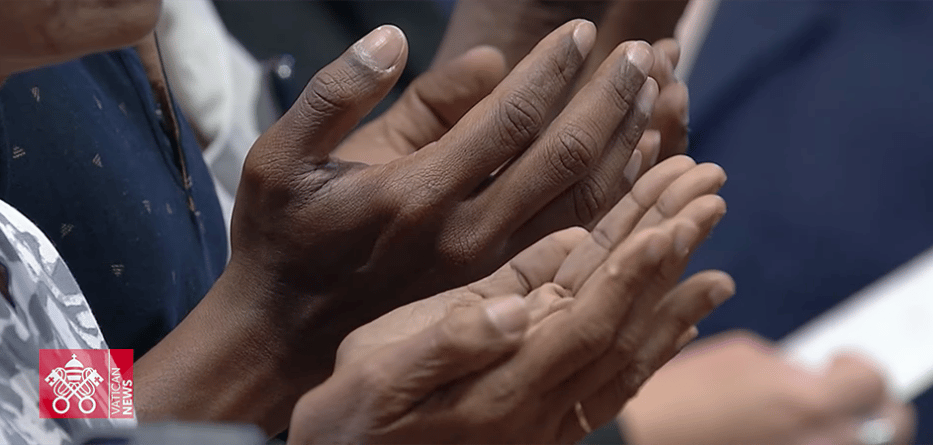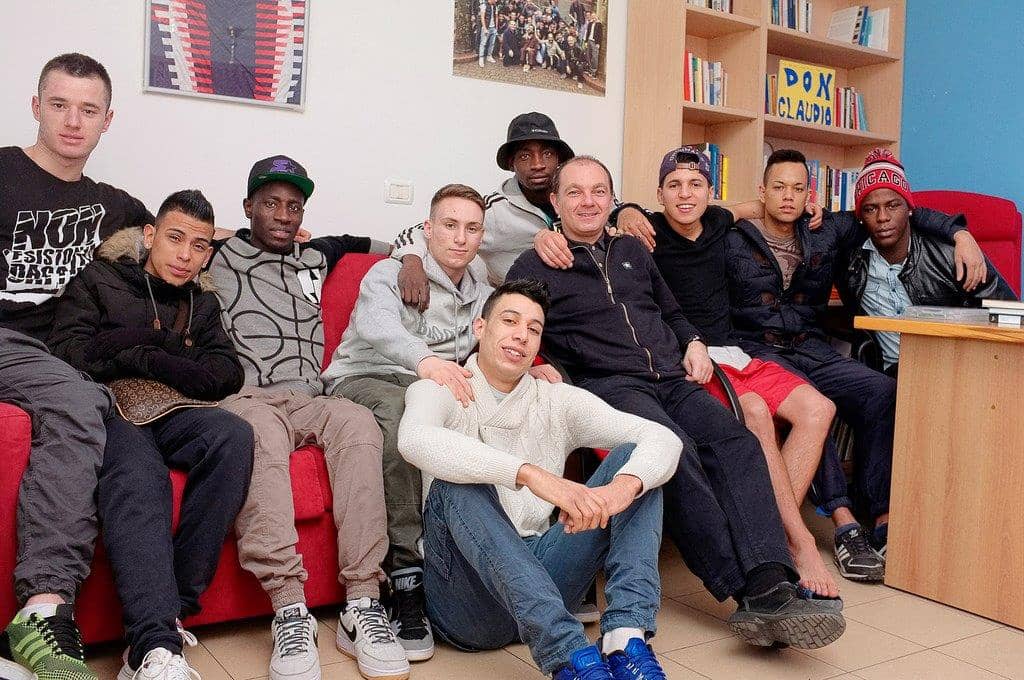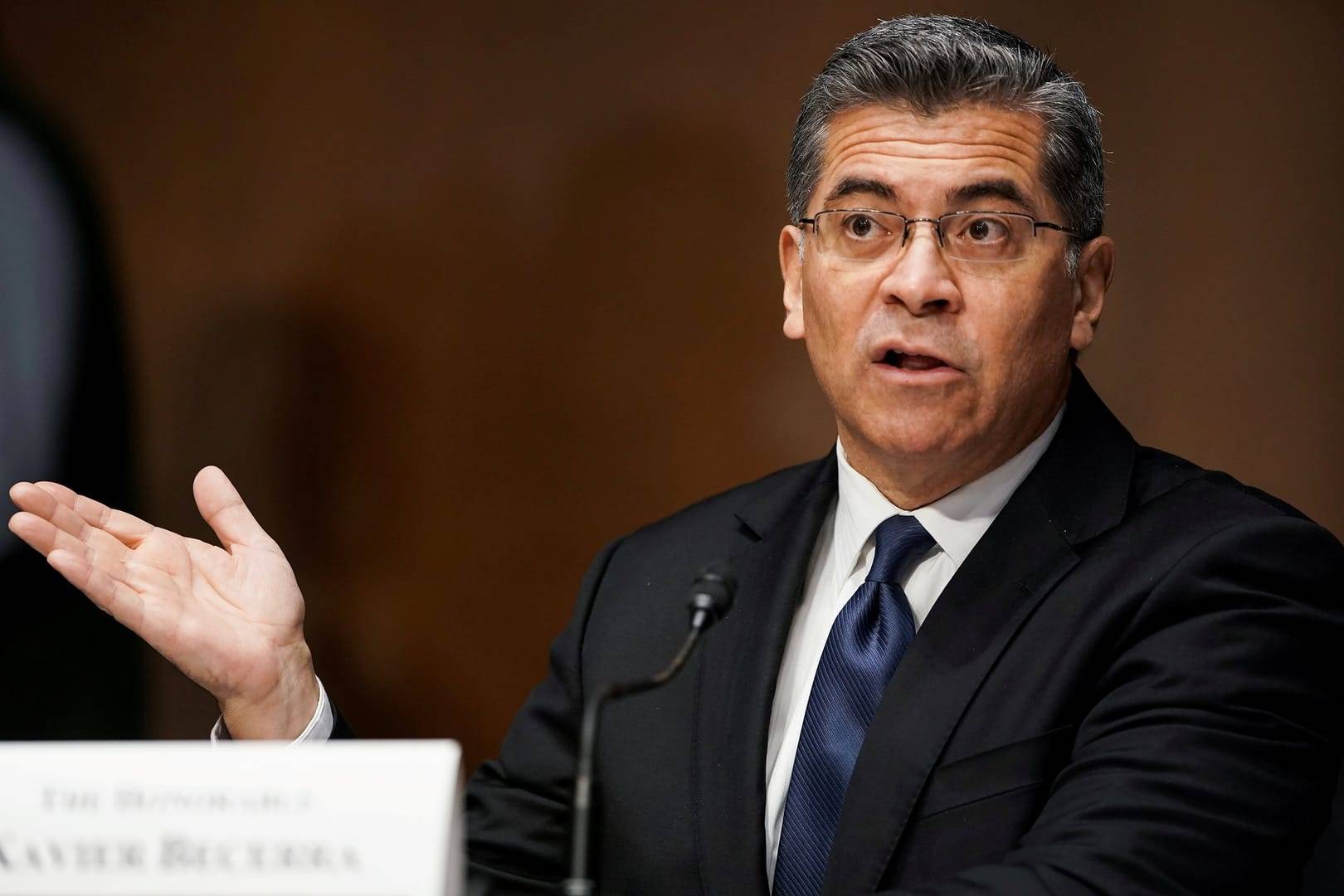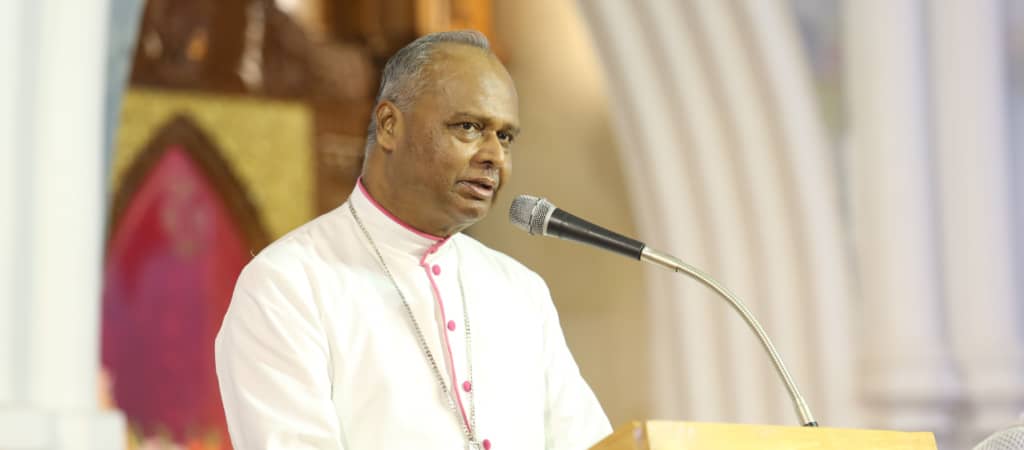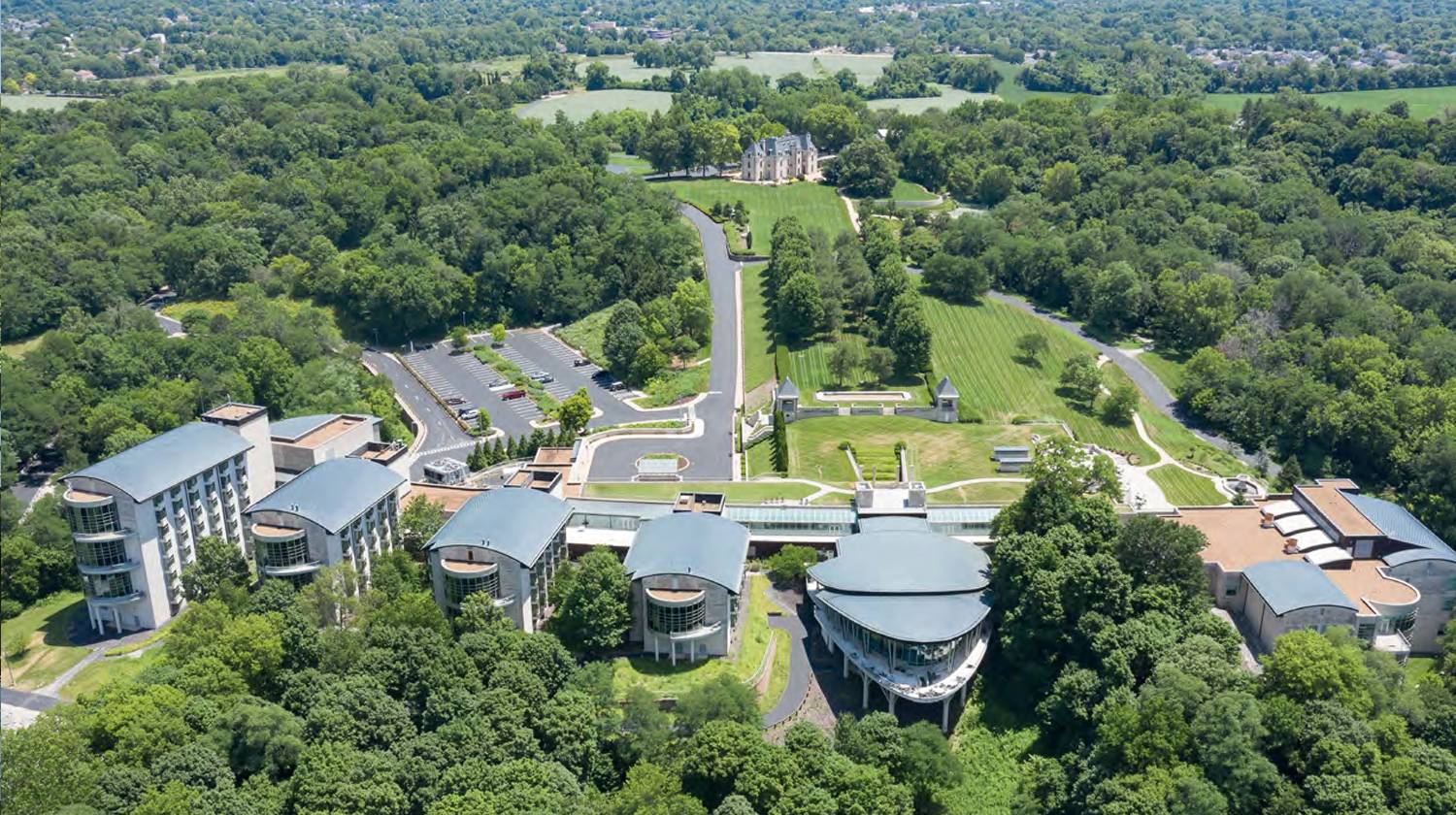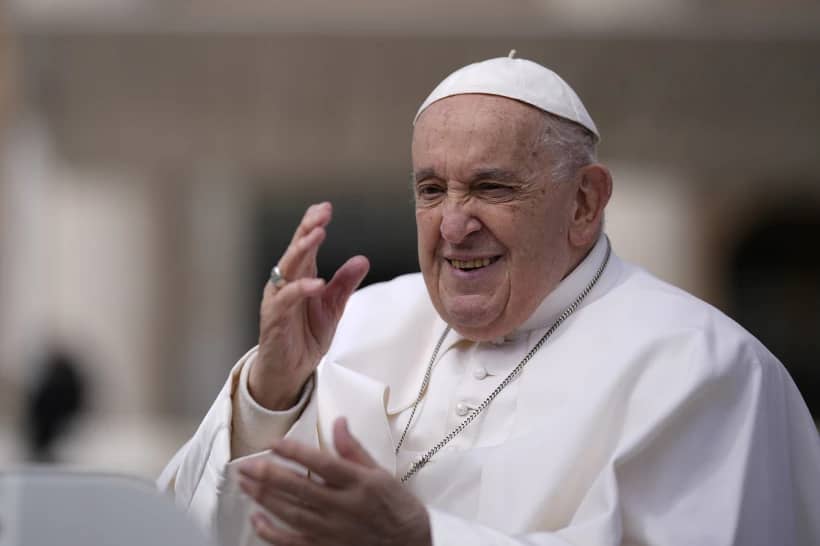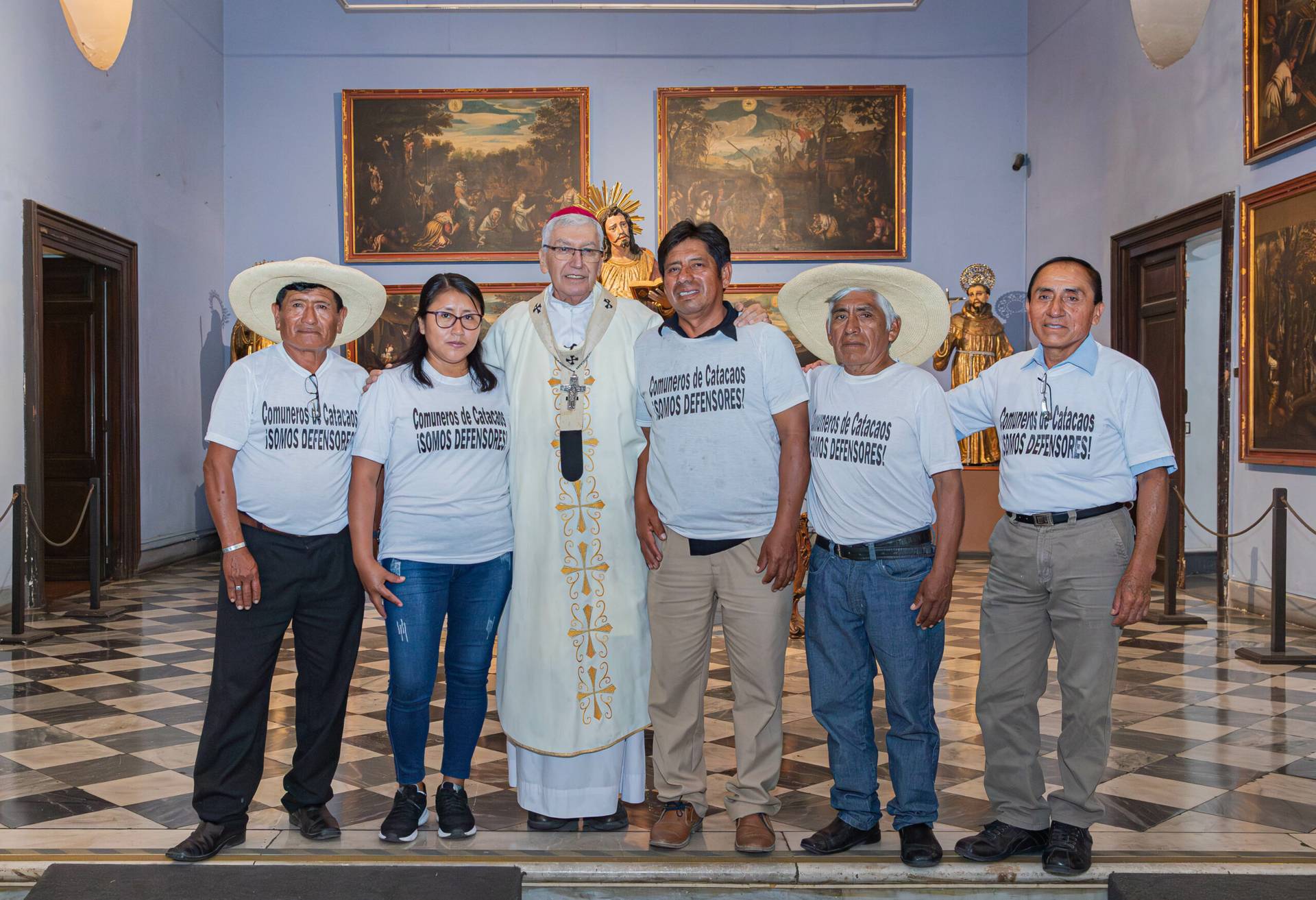Advent has concluded, and now believers rally the cause. We spiritually assembly around the manger of Bethlehem, and await the coming of our Lord, Jesus Christ.
We wait for him, and the beauty and the encouragement of this divine act of friendship at Christmas lies at the very heart of what it means to know Jesus Christ and to be loved by him.
The Nativity of the long-awaited Messiah is a moment of mystery and glory. It fulfills ancient times and propels us into reflections on eternity. At Christmas, the promise of the Garden of Eden is fulfilled. The first promise, the cherished promise of God’s people, that an Anointed – but wounded – Savior would come and ransom us from the kingdom of sin and death, is emerging and its fulfillment is gloriously announced by angels and shepherds alike.
At Christmas, echoing Zechariah, the Dawn from on High breaks upon us. God has seen our brokenness and comes to us. After millennia of expectation, the Messiah is here.
When the fullness of time had come, the promise reached a crescendo. The Messiah was here, and it was God himself. No prophet or holy patriarch of old could have ever thought or even have dreamed that the promised Savior would, in fact, be God himself. The words that flow from Saint John were unimaginable: “In the beginning was the Word, and the Word was with God, and the Word was God… And the Word became flesh and lived among us, and we have seen his glory, the glory as of a father’s only son, full of grace and truth.”
And yet, God came to us. He comes to us now. He dwelt among us and lived a life like ours. He loved with a human heart, worked with human hands, and cried human tears. He chose the path of suffering as the means of our salvation.
As Pope Francis has commented: “The one who embraces the universe needs to be held in another’s arms. The one who created the sun needs to be warmed. Tenderness incarnate needs to be coddled. Infinite love has a tiny heart that beats softly.”
The long-awaited Savior didn’t arrive in an outlandish fashion. He didn’t emerge from the sea or fall from the sky. When it was time, he came as one of us. He was born of a mother, into a particular people. He learned a trade, grieved the loss of a parent, and knew the trials of life from the inside out.
It was the way of our humanity, in the midst of a fallen world, that was the path of our salvation. He embraced suffering and revealed to us its power. As the Lord came among us, he showed us his higher way of love. It was not a cheap love. It was a love willing to accept hardship.
In Jesus Christ, we are given a supreme witness to our upward calling to goodness and holiness. The Lord’s sacred birth declared a summons to each of us to live our human vocation virtuously and to nurture a generous heart within us toward God and our neighbor.
The Lord Jesus showed us how to live as the children of God, and by his life and death, he taught us that suffering can be redemptive. The wood of his cradle pointed us the wood of his cross. Both are a part of his life. Following him means accepting both the joy and the sorrow.
The answer to the darkness and fallenness of our world has been given to us in Bethlehem. The answer to the sorrows of our hearts has become flesh and has dwelt among us. He has pitched his tent with us and walked with us. The Word became flesh and desires to be our Savior, Friend, and Companion. As Pope Francis once prayed at a previous Christmas observance: “My hope is that everyone will feel God’s closeness, live in his presence, love him and adore him.”
This Christmas, we are offered the path to salvation and happiness. It is in contrast to the misery or negativity of a fallen world. To find this path, we need to redirect our lives and look to Bethlehem. There we can see the long-awaited Messiah who was born for us.



